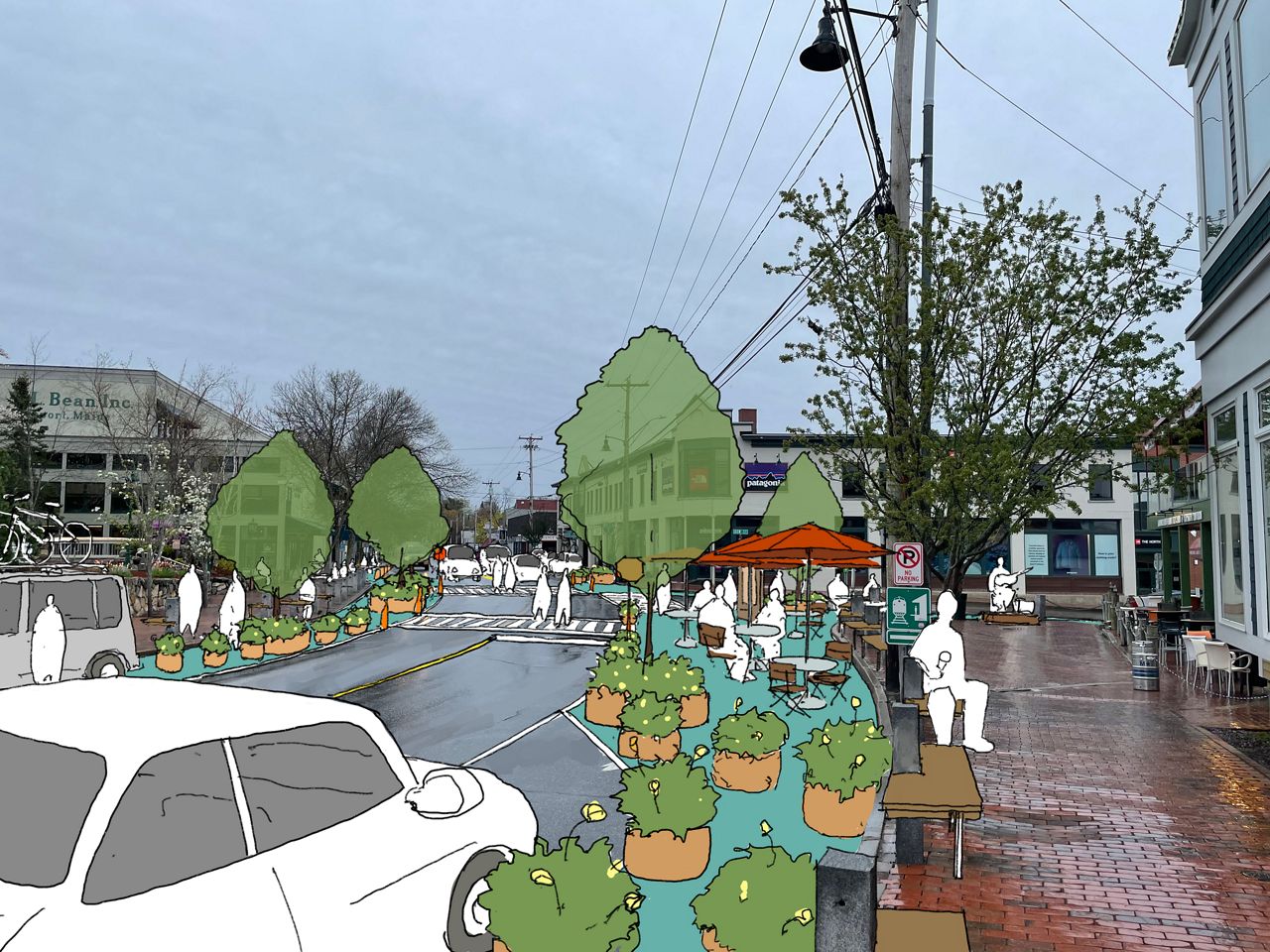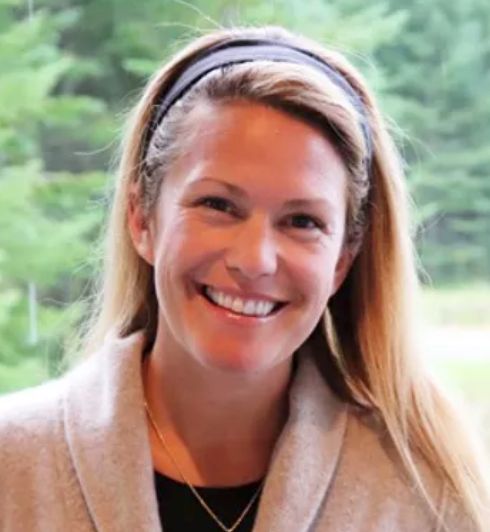After decades of nurturing a growing retail footprint, the town of Freeport is eyeing a transformation of its downtown area, with a shift to new residential developments and a more pedestrian-friendly atmosphere.
Local officials and a long-time business owner are encouraged by the new plans.
“Most of the ideas I’ve seen are pretty good,” said Phil Wagner, owner of Derosier’s pizza and sandwich shop at 120 Main St.
Wagner has been running his downtown business for 20 years, and is the fifth generation of his family to live in town. He said he can remember when changes first came to Freeport, in the mid-1980s, with the emergence of shopping outlets, including the retail giant L.L. Bean. At the time, he said, Freeport’s downtown lost a lot of residential property that had once accommodated factory workers.
“We tore down a lot of apartment buildings in town to build parking lots, and now the pressure’s going the other way, and that’s a good thing,” he said.

The ongoing transformation, according to Keith McBride, executive director of the Freeport Economic Development Corp., can be summed up in two distinct goals: To bring back more residential property to Freeport’s downtown, and to make the area more walkable for residents, visitors and shoppers.
Part of the impetus for Freeport’s ambitious project can be traced to 2017. Town Councilwoman Tawni Whitney said one of the most common questions she fielded from residents during her campaign was, “What are you going to do about downtown?”
Whitney said that question led to Freeport hiring the Principle Group, a Boston-based urban design and development fim, that helped the town survey residents, business owners, visitors and even local children to find out what people wanted to see.

According to the results of the survey, published as part of a development proposal by FEDC, more downtown-based housing of all economic levels topped the list of what the 582 respondents wanted to see over the next 10 years. Improved walking and biking access to downtown also ranked high in the survey results.
“It became really clear that we needed to focus on the downtown,” said FEDC President Mary Davis.
McBride noted that changes to promote more residential development have already happened. The town council approved a series of changes to zoning regulations in April to allow for higher-density housing, taller maximum building heights and mixed-use development projects downtown.
“We’ve made some great strides with that,” McBride said.
Whitney noted that more housing downtown will also encourage residents to patronize local businesses.
“You want somebody going to get coffee in the morning, and going to get a beer at night,” she said.
McBride said he expects the housing that’s built downtown to range from affordable rental units to possibly higher-end housing, such as condos or townhouses. He said there are several projects in the works, but declined to discuss them since no one has applied for approval yet. He expects that will happen in the next couple of months.
Meanwhile, other changes are more visible today, with several “parklets,” or platforms extending into underutilized Freeport roads, noticeable around town. The platforms allow for extended outdoor seating and small trees in planters. Whitney said simpler changes such as the parklets are on a trial run this summer. Over the coming weeks, she said, the town is going to evaluate public interest in the suggested changes, culminating in October with a weeklong downtown planning workshop coordinated by Principle and town officials.
Whitney said she wanted public support for any idea, no matter how small, before officials would even think about making it permanent.
“If it doesn’t work, it’s going away,” she said.









